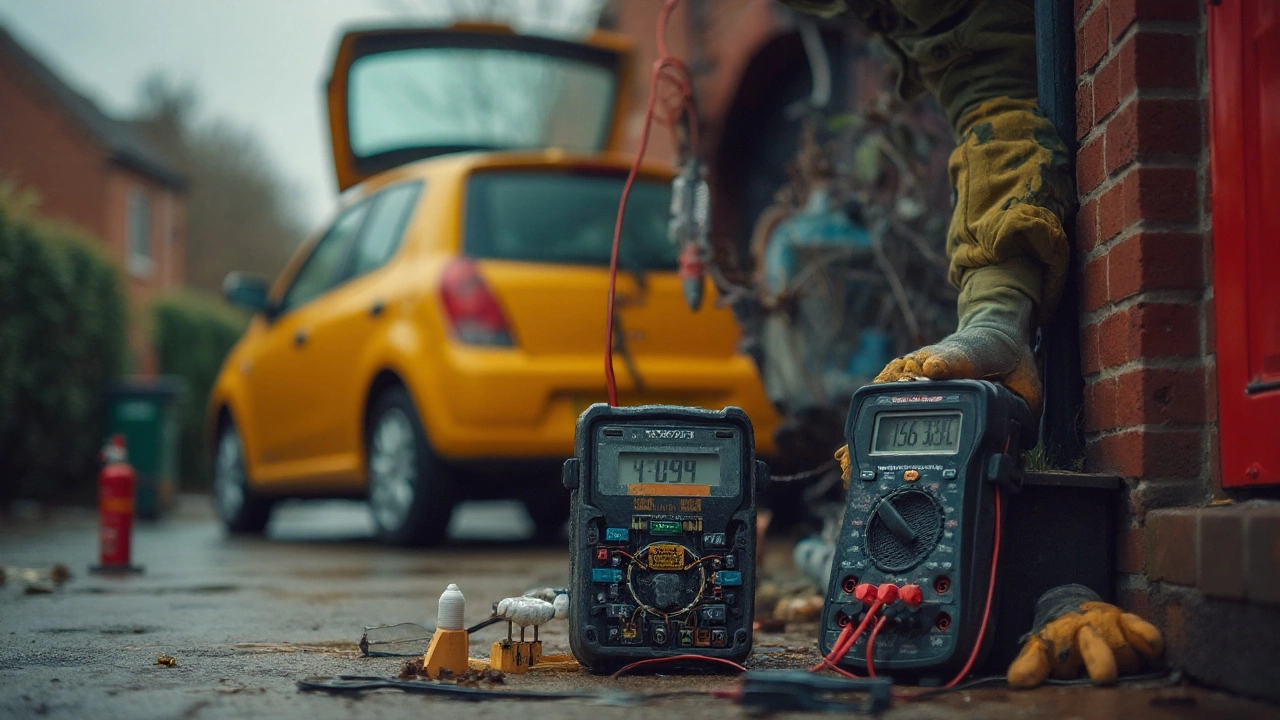Fix Fuel Pump Without Replacing: A Hands‑On Guide
When looking at fix fuel pump without replacing, the process of repairing a malfunctioning fuel pump while keeping the original unit in place. Also known as fuel pump repair, it saves money and reduces waste. Understanding the pump’s role in the fuel system helps you decide if a simple fix will get you back on the road.
Why Choose Repair Over Replacement?
Most drivers think a bad pump means a new one, but the pump often suffers from clogged passages, a weak electrical connector, or a faulty pressure regulator. Fuel pump testing, checking voltage, pressure, and flow rate can reveal whether the issue is reversible. If the core motor still spins and the housing isn’t cracked, cleaning or replacing a single component can restore performance. This approach cuts parts cost by up to 70% and lets you keep the original pump, which is especially handy for rare or high‑performance models where OEM replacements are pricey.
Another benefit is learning how the fuel filter, the screen that catches debris before fuel reaches the pump interacts with the pump. A clogged filter often starves the pump, causing it to run hot and fail early. Replacing the filter and cleaning the pump’s inlet can solve many “no‑start” or “rough idle” symptoms. In short, the fuel system works as a chain: fuel pump testing uncovers weak links, the fuel filter cleans the flow, and proper reseating of connectors restores power.
DIY car repair also teaches you the safety steps that professional shops follow. Disconnecting the battery, relieving fuel pressure, and using a proper container to catch any spilled fuel are all part of a safe workflow. Equipped with the right tools—like a fuel pressure gauge, multimeter, and a set of torque wrenches—you can perform a repair that meets manufacturer specs. DIY car repair, the practice of fixing vehicle issues yourself using standard tools and guides not only saves money but also boosts confidence when future problems arise.
When you decide to fix the pump, start by confirming the symptom. Is the engine cranking but not firing? That often points to low fuel pressure. Does the car stall under load? That suggests a failing regulator or a clogged line. Use a pressure gauge to compare the reading against the vehicle’s specifications; a drop of more than 10 psi usually indicates a blockage or a weakened pump. If the voltage at the pump’s connector drops below the recommended 12 V while cranking, the wiring or the pump’s internal brush may be the culprit.
Once you’ve pinpointed the issue, the repair steps are straightforward. Remove the fuel pump’s access panel or fuel tank, depending on the design. Carefully disconnect the electrical plug and fuel lines—most modern pumps use quick‑release fittings that prevent leaks. Clean the pump housing with a fuel‑safe solvent, paying special attention to the inlet screen. Replace the screen if it’s damaged, and reinstall a new fuel filter. Re‑attach all connections, double‑check torque values, and re‑pressurize the system to verify the fix.
After reassembly, run the engine long enough to let the pump build pressure and watch for any leaks. A quick test drive will reveal whether the idle is steady and acceleration is smooth. If the problem persists, you may need a more in‑depth rebuild or, as a last resort, a replacement. However, most owners find that a thorough cleaning, a fresh filter, and a solid electrical connection solve the majority of issues.
Below you’ll find a collection of articles that walk through specific aspects of this process: from diagnosing low pressure and testing voltage, to step‑by‑step guides on removing different pump types and safely handling fuel. Whether you’re a seasoned DIYer or just getting started, these resources will give you the confidence to tackle a fuel pump repair without swapping out the whole unit.

How to Fix a Fuel Pump Without Replacing It: Proven DIY Diagnostics and Quick Wins
Sep 5 2025 / Fuel PumpsPractical ways to revive a failing fuel pump without replacing it-diagnostics, relay, wiring, filters, pressure tests, and safe fixes. UK-focused, step-by-step.
VIEW MORE